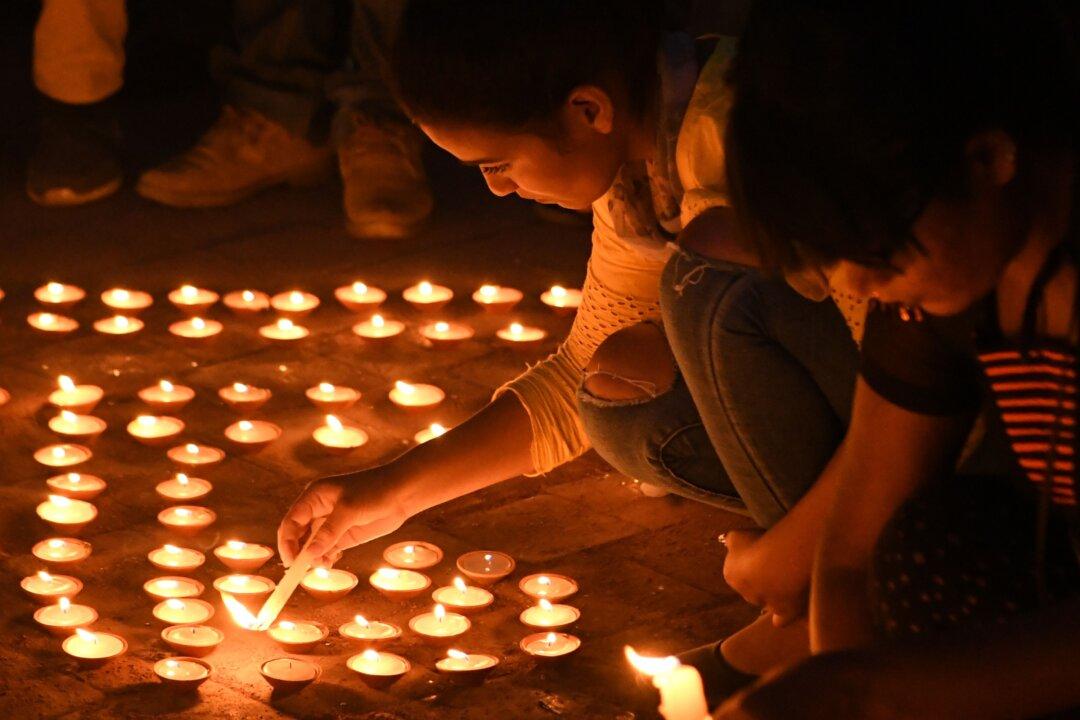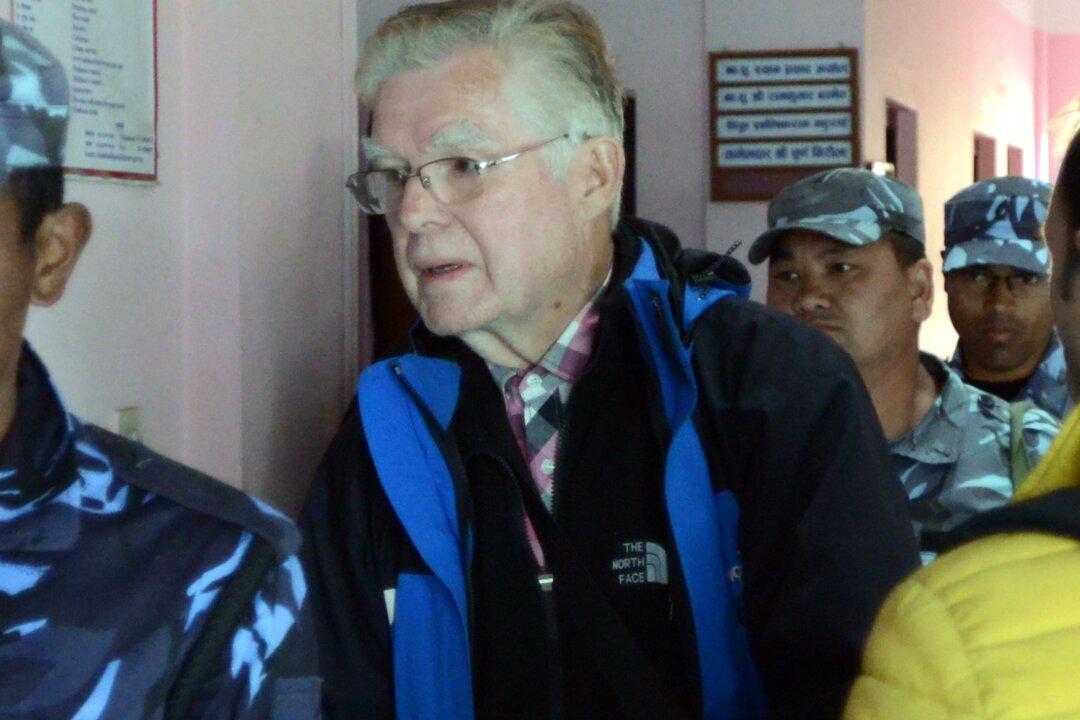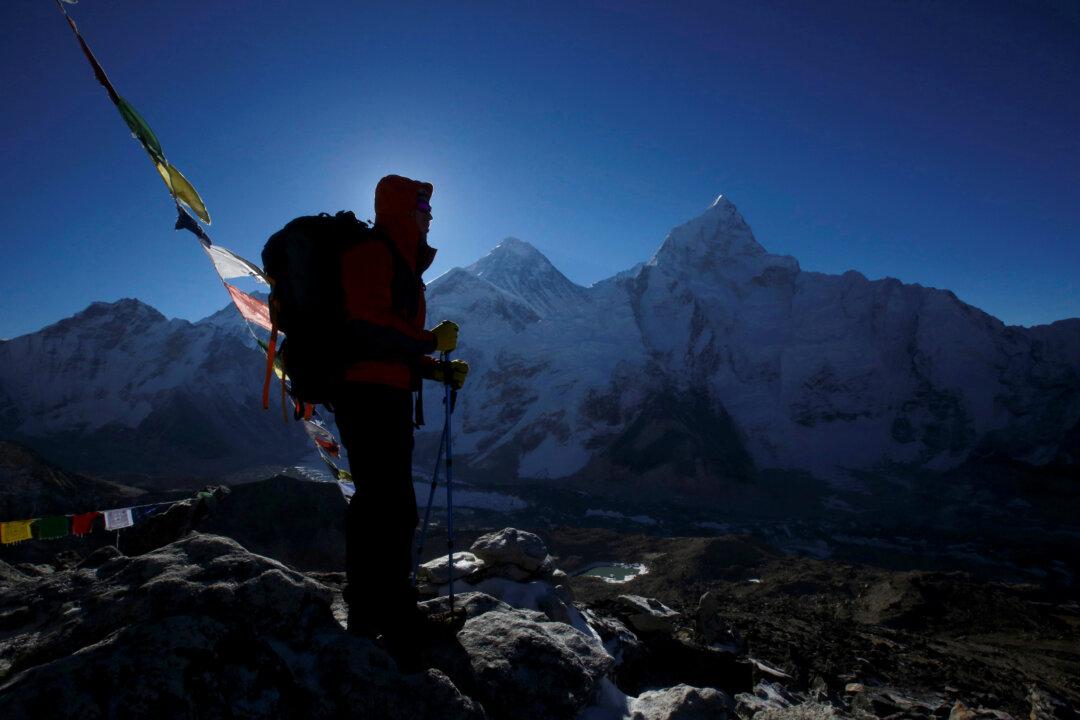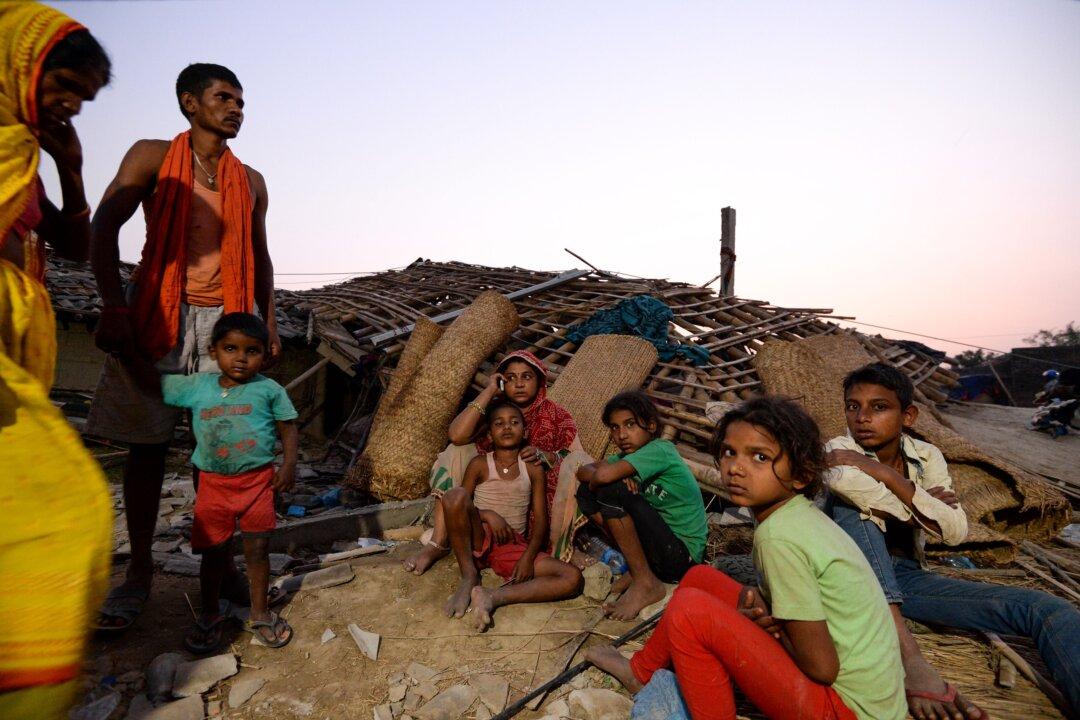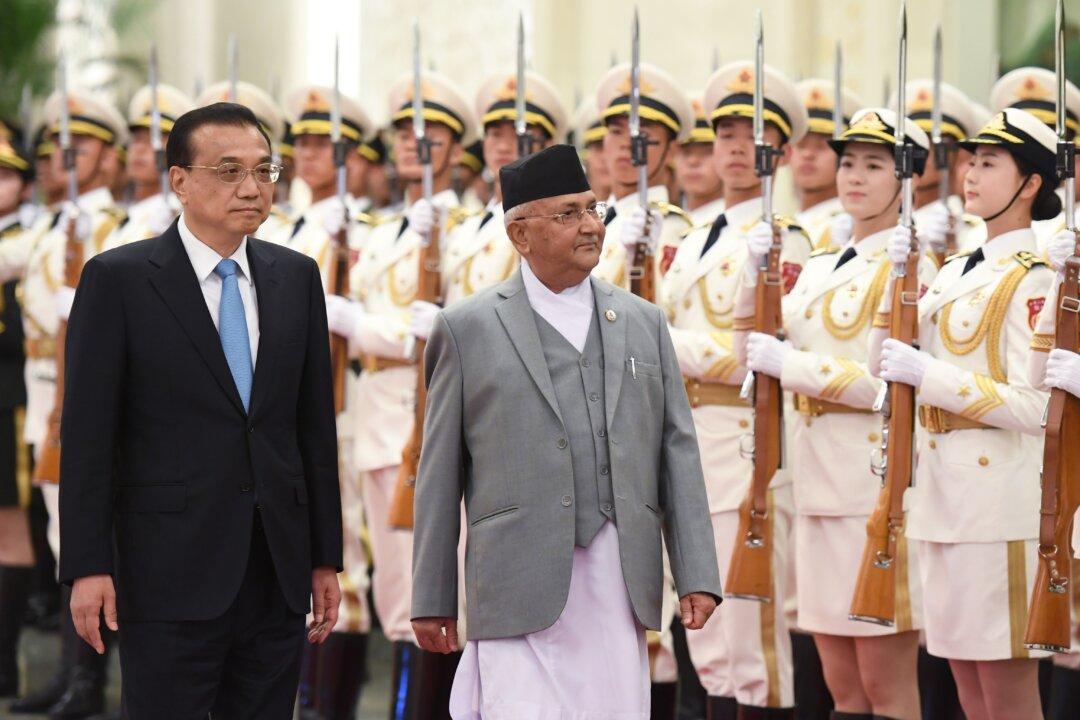KATHMANDU, Nepal—As they spent an afternoon lounging at a popular cafe overlooking the historic palace square in the Nepali capital Kathmandu, Sangita Magar and Sima Basnet appeared to be regular diners. The women sipped coffee and spoke about their plans for the future, at times trying to stifle their laughter.
But the circumstances that brought them together were far from normal.
